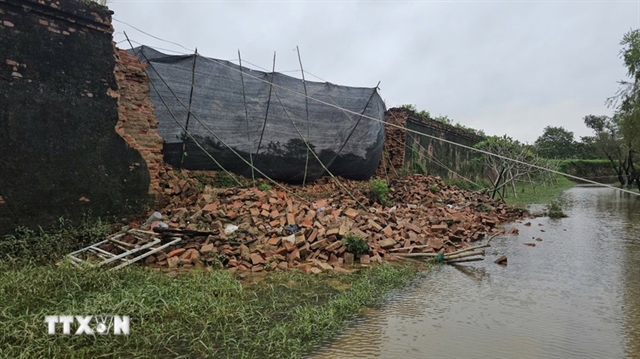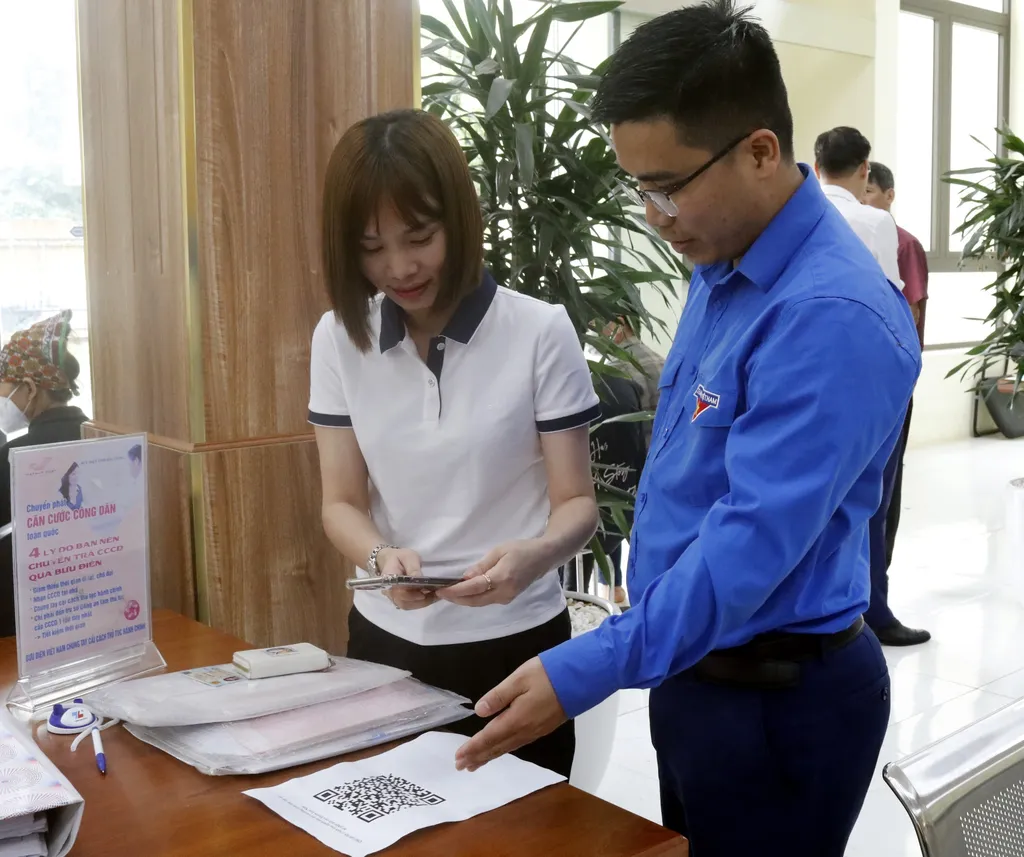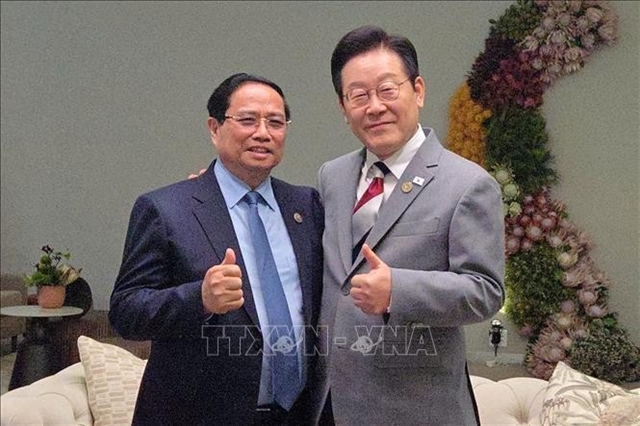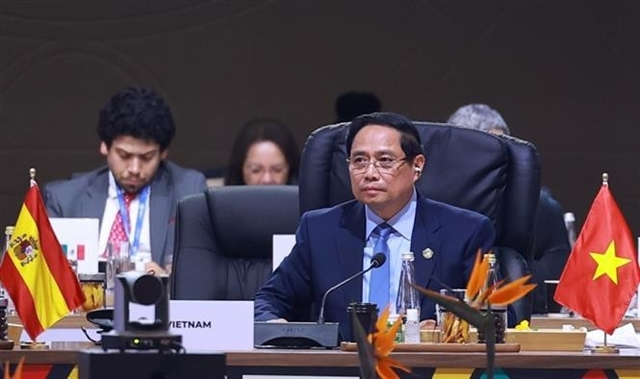 Society
Society

 |
| The youth union members in Bắc Giang are assisting residents in scanning QR codes to participate in surveys at the reception and results-return sections of the People's Committees at various levels. — VNA/VNS Photo |
BẮC GIANG — The Mass Mobilisation Committee of Bắc Giang Province, in partnership with the provincial Youth Union, has initiated a survey to measure citizen satisfaction with civil servants handling administrative procedures at People's Committees at all level.
The survey aims to gather public opinions on the attitude, responsibility, skills, and professional guidance provided by civil servants, said Phạm Văn Thịnh, head of the Mass Mobilisation Committee.
The data collected will help assess local administrative reforms and provide insights for the provincial Party Standing Committee to enhance the quality of services.
This information will also be used to evaluate and recognise units that meet the friendly administration standards for 2024.
Conducted in mid-July 2024, the survey is expected to collect around 20,000 responses.
To ensure objectivity and convenience, the Mass Mobilisation Committee has created 220 QR codes for locations including the provincial public administration service centre and reception sections of ten districts, towns, cities, and 209 communes, wards, and towns.
Youth Union members are stationed at survey sites to assist and guide citizens through the administrative procedures and survey process, ensuring that responses remain objective.
Participants will answer ten questions about the attitude, responsibility, skills, and professionalism of civil servants, covering topics such as waiting times, staff attitudes, timely document processing, and additional fees for expedited services.
The Mass Mobilisation Committee has established a task force to monitor and supervise the survey.
Steering committees for building friendly administrations at district, town, and city levels are overseeing the promotion and implementation of the survey.
At the commune level, working groups led by the deputy secretary of the Party Committee are ensuring the survey's objectivity.
Prior to the survey, local governments promoted the survey plan through public postings, village and commune loudspeaker announcements, and posts on electronic information sites and social media such as Zalo, Facebook.
Notifications were also disseminated through village heads, neighbourhood group leaders, and community mobilisation teams. — VNS




